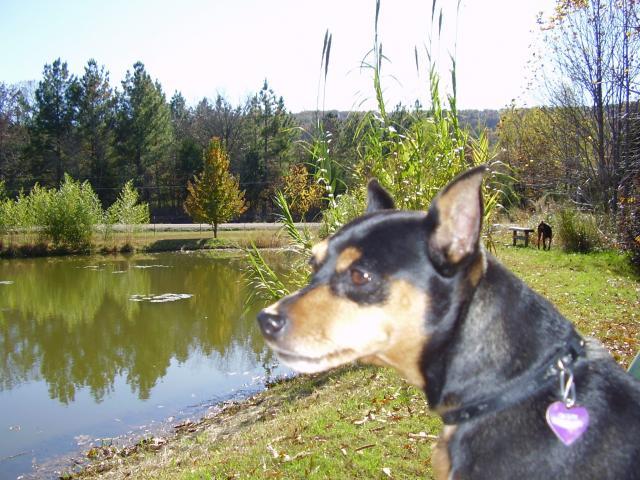- Mar 15, 2009
- 317
- 2
- 131
I always go fishing and I catch fish for bait. I usually have some small perch and catfish left over. So I decided to raise them for food. Any advice on how to raise them, pond construction, types of fish or anything useful.




